Home>Furniture & Design>Interior Design Trends>What Is Optical Glass


Interior Design Trends
What Is Optical Glass
Modified: August 17, 2024
Discover the latest interior design trends with our comprehensive guide to optical glass, including its uses and benefits. Stay ahead of the curve with our expert insights.
(Many of the links in this article redirect to a specific reviewed product. Your purchase of these products through affiliate links helps to generate commission for Storables.com, at no extra cost. Learn more)
Introduction
Optical glass is a remarkable material that plays a pivotal role in various industries, including photography, astronomy, and telecommunications. Its unique properties make it indispensable for creating lenses, prisms, and other optical components that enable the manipulation and control of light. This transparent and homogeneous material is engineered to precise specifications, allowing it to facilitate the transmission, refraction, and reflection of light with exceptional accuracy.
The evolution of optical glass has been closely intertwined with the advancement of optical technology. From the early days of glassblowing to the modern precision manufacturing techniques, the journey of optical glass has been marked by continuous innovation and refinement. Its significance in enabling the development of cutting-edge optical instruments cannot be overstated.
As we delve deeper into the world of optical glass, we will explore its properties, types, applications, and the intricate manufacturing process that transforms raw materials into high-precision optical components. Understanding the nuances of optical glass is crucial for appreciating its impact on diverse fields, from medical imaging and laser technology to the creation of high-quality camera lenses and sophisticated optical instruments used in scientific research.
Join us on this enlightening journey as we unravel the fascinating realm of optical glass, shedding light on its essential role in shaping the way we perceive and harness the power of light.
Key Takeaways:
- Optical glass is a special material used in cameras, telescopes, and medical devices. It helps control light and make clear images by being transparent, stable, and strong.
- Different types of optical glass have unique properties that help in photography, astronomy, and communication. The manufacturing process is precise and combines traditional techniques with modern technology.
Properties of Optical Glass
Optical glass possesses a remarkable set of properties that make it an indispensable material for a wide range of optical applications. These properties are meticulously engineered to meet stringent requirements, ensuring that optical glass delivers exceptional performance in manipulating light. Here are the key properties of optical glass:
1. Transparency:
Optical glass exhibits high transparency across the visible spectrum, allowing light to pass through with minimal absorption or scattering. This property is crucial for ensuring that optical components, such as lenses and prisms, can effectively transmit and focus light without significant loss of intensity.
2. Refractive Index:
The refractive index of optical glass determines how much light is bent or refracted as it passes through the material. By precisely controlling the refractive index, optical glass enables the design of lenses that can accurately focus light to form sharp images, a fundamental requirement in various optical systems.
3. Dispersion:
Dispersion refers to the separation of light into its constituent colors, known as spectral dispersion. Optical glass is engineered to exhibit controlled dispersion, allowing for the correction of chromatic aberrations in lenses. This property is crucial for ensuring that different wavelengths of light converge at a common focal point, resulting in clear and accurate imaging.
4. Homogeneity:
Homogeneity is a critical property of optical glass, ensuring uniformity in composition and structure throughout the material. This uniformity is essential for minimizing optical imperfections and distortions, enabling the production of high-quality lenses and prisms with consistent optical performance.
5. Thermal and Chemical Stability:
Optical glass is designed to withstand thermal and chemical stresses encountered in various environments. Its stability ensures that optical components maintain their optical properties over a wide temperature range and when exposed to different atmospheric conditions, making it suitable for diverse applications.
6. Mechanical Durability:
Optical glass exhibits excellent mechanical strength, allowing it to withstand handling and environmental stresses without compromising its optical performance. This property is crucial for ensuring the longevity and reliability of optical components in demanding applications.
7. Optical Coating Compatibility:
Optical glass is engineered to be compatible with various optical coatings, enabling the enhancement of its performance through anti-reflective coatings, protective layers, and other specialized treatments. This compatibility expands the versatility of optical glass in meeting specific optical requirements.
These properties collectively define the exceptional characteristics of optical glass, making it an essential material for the creation of precision optical components that underpin a myriad of technological advancements and scientific discoveries.
Types of Optical Glass
Optical glass encompasses a diverse array of types, each tailored to meet specific optical requirements and performance criteria. The classification of optical glass is based on its optical properties, chemical composition, and intended applications. Here are the primary types of optical glass:
1. Crown Glass:
Crown glass is a type of optical glass known for its relatively low refractive index and minimal dispersion. It is commonly used for lenses requiring excellent light transmission and minimal color aberrations. Crown glass is favored for its optical clarity and is often employed in the production of high-quality camera lenses, eyeglasses, and precision optical instruments.
2. Flint Glass:
Flint glass, in contrast to crown glass, exhibits a higher refractive index and greater dispersion, making it suitable for correcting chromatic aberrations in optical systems. Its unique optical properties make it an essential component in the construction of achromatic lenses, which effectively minimize color fringing and ensure superior image quality in telescopes, microscopes, and other precision optical devices.
3. Extra-Low Dispersion (ED) Glass:
ED glass is engineered to exhibit extremely low dispersion, effectively minimizing chromatic aberrations and color fringing in optical systems. This type of optical glass is widely utilized in high-end camera lenses, binoculars, and telescopes, where superior color accuracy and image sharpness are paramount. The exceptional optical performance of ED glass makes it a preferred choice for demanding imaging applications.
Read also: 15 Best Fiber Optic Wi-Fi Router For 2025
4. Specialized Glasses:
In addition to the traditional crown, flint, and ED glasses, there are specialized optical glasses designed to meet specific optical challenges. These include high-refractive-index glasses, low-dispersion glasses, and glasses tailored for infrared and ultraviolet applications. Specialized glasses cater to the evolving needs of advanced optical systems, enabling the creation of cutting-edge imaging devices, laser technologies, and scientific instruments.
5. Eco-Friendly Glasses:
With a growing emphasis on sustainability and environmental responsibility, eco-friendly optical glasses have emerged as a notable category. These glasses are manufactured using eco-conscious processes and materials, reducing the environmental impact of optical glass production while maintaining high optical performance. Eco-friendly glasses align with the industry's commitment to sustainable practices and offer a greener alternative for optical applications.
The diverse range of optical glass types underscores the versatility and adaptability of this essential material in meeting the evolving demands of optical technology. Each type of optical glass serves a distinct purpose, contributing to the advancement of imaging, communication, and scientific exploration. Whether it's capturing breathtaking photographs, unraveling the mysteries of the cosmos, or enhancing medical diagnostics, optical glass continues to play a pivotal role in shaping our understanding of the world through the lens of light.
Applications of Optical Glass
The versatile properties and diverse types of optical glass render it indispensable across a wide spectrum of applications, spanning industries such as photography, astronomy, telecommunications, medical imaging, and laser technology. The precision engineering and exceptional optical characteristics of optical glass enable its seamless integration into various optical systems, facilitating the realization of groundbreaking technological advancements and scientific discoveries.
Photography and Imaging:
Optical glass serves as the cornerstone of high-quality camera lenses, enabling photographers to capture stunning images with exceptional clarity, sharpness, and color accuracy. Its ability to transmit and focus light without distortion or aberrations ensures that photographers can achieve precise control over depth of field, bokeh effects, and overall image quality. From professional DSLR cameras to compact smartphone lenses, optical glass plays a pivotal role in elevating the standards of modern photography and imaging technology.
Read more: What Are Glass Packs
Astronomy and Telescopes:
The exploration of the cosmos relies heavily on the optical precision of telescopes, where optical glass components are instrumental in capturing distant celestial phenomena with unparalleled detail and accuracy. Whether it's the lenses, mirrors, or prisms used in astronomical observatories or space telescopes, optical glass enables astronomers and researchers to unravel the mysteries of the universe, from distant galaxies to exoplanets, with unprecedented clarity and precision.
Telecommunications and Fiber Optics:
The seamless transmission of data across vast distances is made possible by the integration of optical glass fibers in telecommunications infrastructure. These fibers, meticulously engineered from specialized optical glass, facilitate the efficient propagation of light signals, enabling high-speed data transfer and reliable communication networks. Optical glass's ability to maintain signal integrity and minimize signal loss is crucial for powering the global telecommunications backbone, supporting internet connectivity, telephony, and data transmission.
Medical Imaging and Diagnostics:
In the field of medical imaging, optical glass components are integral to diagnostic devices such as endoscopes, microscopes, and medical imaging systems. The exceptional clarity and light transmission properties of optical glass enable healthcare professionals to visualize internal structures, tissues, and cells with remarkable precision, aiding in accurate diagnoses and medical interventions. Optical glass's role in advancing medical imaging technology contributes to improved patient care and diagnostic capabilities across various medical disciplines.
Laser Technology and Scientific Instruments:
Laser systems, scientific instruments, and research equipment heavily rely on the optical precision and thermal stability of specialized optical glass. From laser lenses and prisms to optical filters and beam splitters, optical glass components enable the generation, manipulation, and analysis of laser beams for applications ranging from materials processing and spectroscopy to scientific research and industrial measurements. The unique optical properties of optical glass are instrumental in harnessing the power of light for scientific exploration and technological innovation.
The widespread applications of optical glass underscore its pivotal role in shaping modern technology and scientific progress. Its seamless integration into diverse industries highlights the enduring significance of optical glass in enabling the manipulation, transmission, and control of light for a myriad of innovative applications. As optical technology continues to evolve, the demand for advanced optical glass solutions will persist, driving further advancements in imaging, communication, and scientific discovery.
Read more: What Is Dragon Glass
Manufacturing Process of Optical Glass
The manufacturing process of optical glass is a meticulously orchestrated sequence of steps that transforms raw materials into high-precision optical components with exceptional optical properties. This intricate process involves a combination of traditional glassmaking techniques and advanced manufacturing methods, ensuring that the resulting optical glass meets stringent performance criteria and exacting specifications.
1. Raw Material Selection:
The manufacturing process begins with the careful selection of high-purity raw materials, including silica sand, soda ash, limestone, and various metal oxides. These materials undergo rigorous quality control measures to ensure their chemical purity and consistency, laying the foundation for the production of optical glass with precise optical properties.
2. Batch Formulation and Melting:
The selected raw materials are precisely weighed and mixed to create a homogeneous glass batch with the desired chemical composition. This batch is then fed into high-temperature furnaces, where it undergoes a controlled melting process. The intense heat of the furnace transforms the raw materials into a molten glass melt, allowing for the removal of impurities and the homogenization of the glass composition.
3. Refining and Homogenization:
During the refining stage, the molten glass undergoes careful stirring and refining to eliminate bubbles, stones, and other imperfections that could compromise the optical quality of the final product. This refining process is crucial for achieving the desired optical homogeneity and purity within the glass melt, ensuring that the resulting optical glass exhibits exceptional clarity and uniformity.
Read more: What Is A Glass Rose
4. Precision Molding and Forming:
Once the glass melt reaches the desired optical and chemical properties, it is carefully molded and formed into the specific shapes and dimensions required for optical components. This precision molding process may involve techniques such as pressing, blowing, or casting, depending on the complexity and intricacy of the final optical elements.
5. Annealing and Thermal Treatment:
The formed glass components undergo a controlled cooling and annealing process to relieve internal stresses and enhance their mechanical and thermal stability. This thermal treatment is essential for minimizing optical distortions and ensuring the long-term durability of the optical glass components in diverse operating conditions.
6. Precision Grinding and Polishing:
The final stage of the manufacturing process involves precision grinding and polishing of the optical glass components to achieve the exacting surface quality and optical precision required for their intended applications. This meticulous process involves the use of advanced abrasives, polishing compounds, and precision machinery to attain the desired surface smoothness and optical accuracy.
The culmination of these manufacturing steps results in the creation of optical glass components that embody the exceptional optical properties and precision demanded by industries such as photography, astronomy, telecommunications, and medical imaging. The seamless integration of traditional craftsmanship and advanced manufacturing techniques ensures that optical glass continues to serve as the cornerstone of cutting-edge optical technology, enabling the realization of innovative optical systems and scientific instruments.
Conclusion
In conclusion, the world of optical glass unveils a captivating fusion of precision engineering, scientific ingenuity, and artistic expression. From its exceptional properties to its diverse types and wide-ranging applications, optical glass stands as a testament to humanity's relentless pursuit of harnessing the power of light for technological innovation and scientific exploration.
The properties of optical glass, including its transparency, refractive index, dispersion, homogeneity, and stability, form the bedrock of its exceptional optical performance. These properties enable optical glass to serve as the building blocks for creating lenses, prisms, and optical components that underpin a myriad of optical systems, from high-end camera lenses to advanced astronomical observatories.
The classification of optical glass into types such as crown glass, flint glass, extra-low dispersion (ED) glass, and specialized glasses reflects the adaptability and versatility of this essential material. Each type caters to specific optical requirements, contributing to the advancement of imaging, communication, and scientific exploration.
The applications of optical glass across industries such as photography, astronomy, telecommunications, medical imaging, and laser technology underscore its pivotal role in shaping modern technology and scientific progress. Whether it's capturing breathtaking photographs, unraveling the mysteries of the cosmos, or enhancing medical diagnostics, optical glass continues to play a crucial role in enabling the manipulation, transmission, and control of light for a myriad of innovative applications.
The intricate manufacturing process of optical glass, from raw material selection to precision molding and polishing, exemplifies the seamless integration of traditional craftsmanship and advanced manufacturing techniques. This process ensures that optical glass components exhibit exceptional optical properties and precision, meeting the exacting standards of diverse industries and scientific endeavors.
As we reflect on the profound impact of optical glass, it becomes evident that its evolution is deeply intertwined with the evolution of human knowledge, creativity, and technological prowess. The enduring legacy of optical glass lies in its ability to shape our understanding of the world through the lens of light, enabling us to capture the beauty of nature, explore the depths of the universe, and unravel the mysteries of science.
In essence, optical glass serves as a timeless conduit for human curiosity and innovation, illuminating our path toward new frontiers of discovery and enlightenment. Its enduring significance in the realms of art, science, and technology reaffirms its status as a cornerstone of human achievement, inspiring generations to come in their quest to unlock the boundless potential of light.
Frequently Asked Questions about What Is Optical Glass
Was this page helpful?
At Storables.com, we guarantee accurate and reliable information. Our content, validated by Expert Board Contributors, is crafted following stringent Editorial Policies. We're committed to providing you with well-researched, expert-backed insights for all your informational needs.
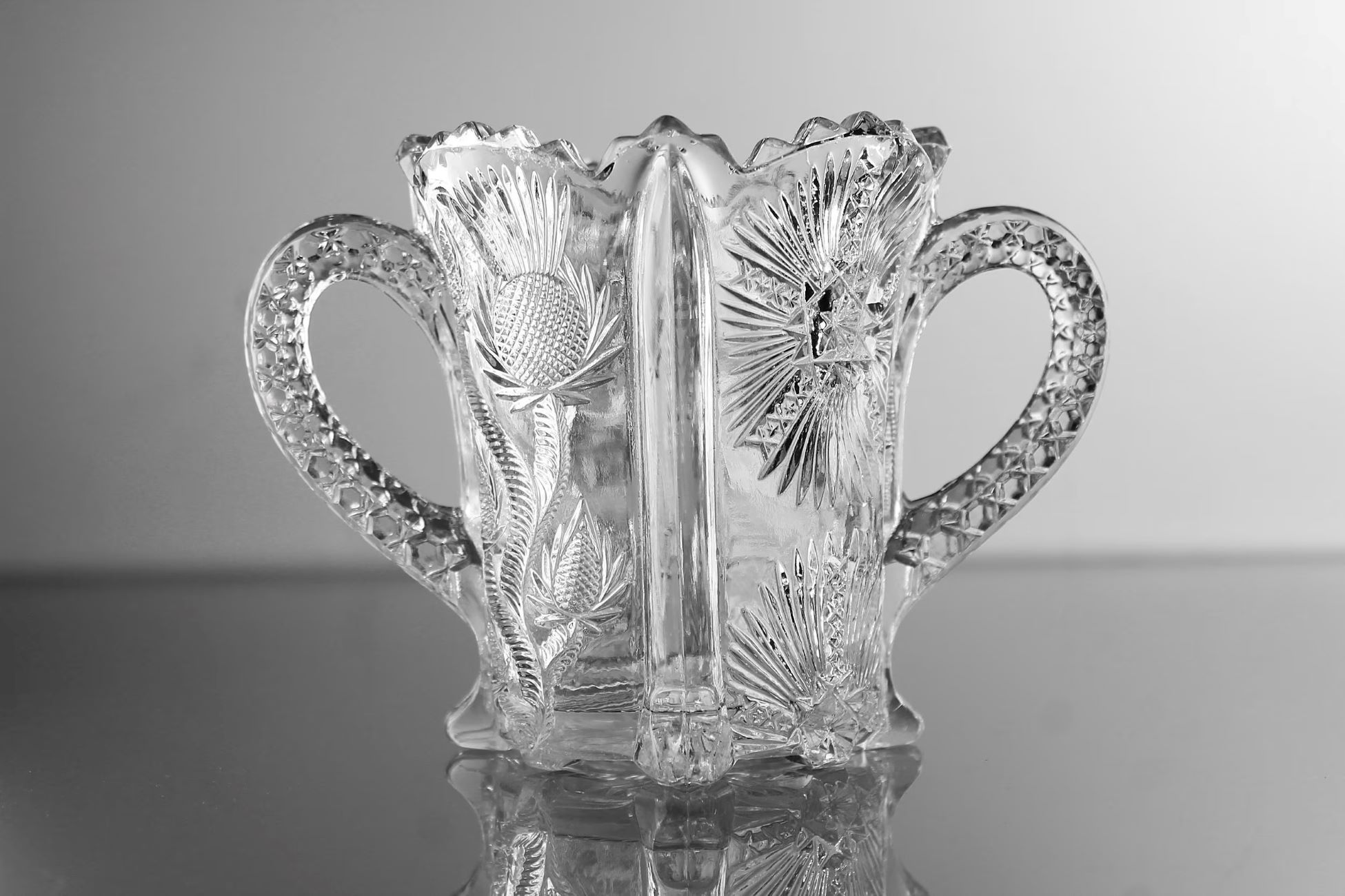
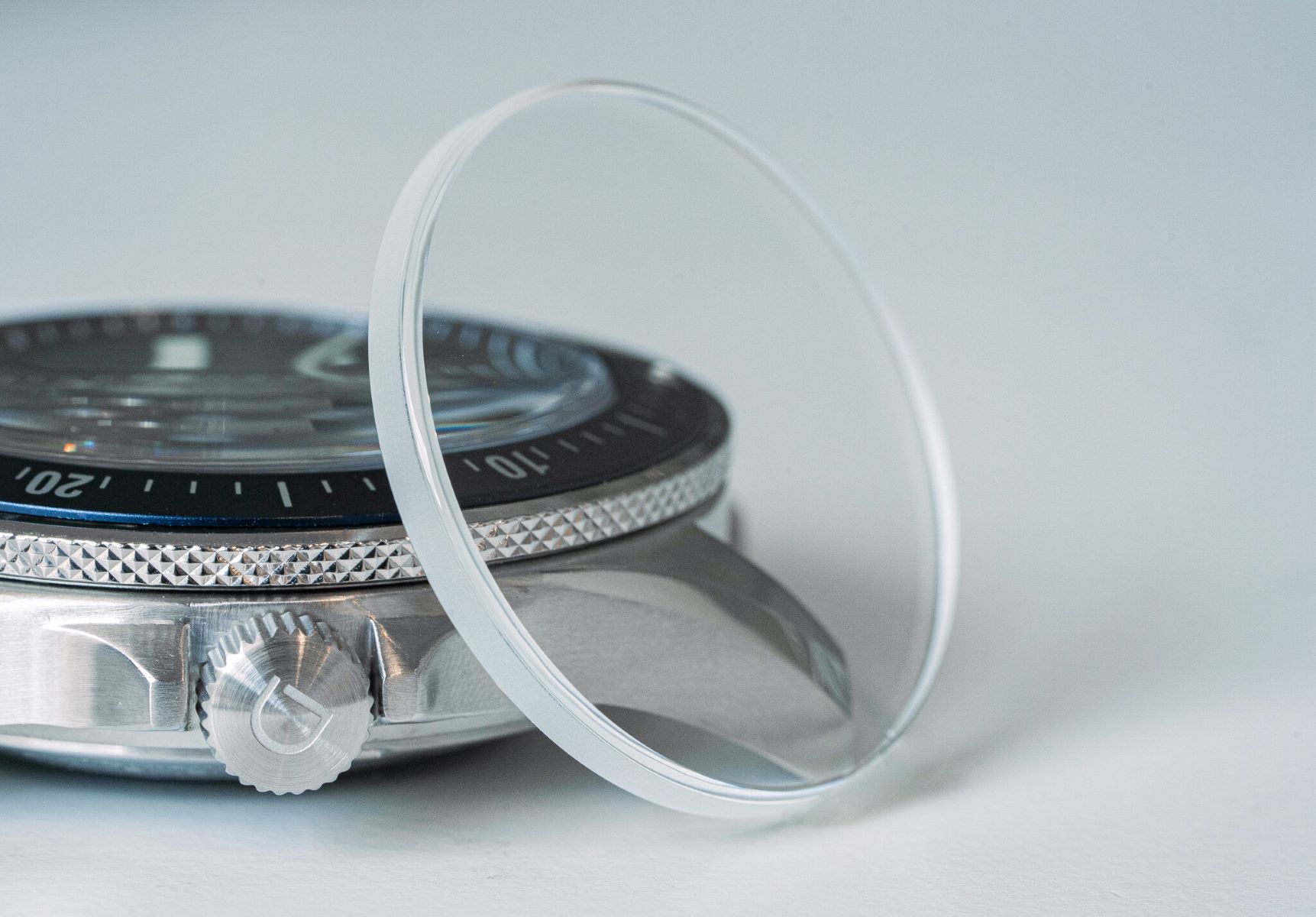

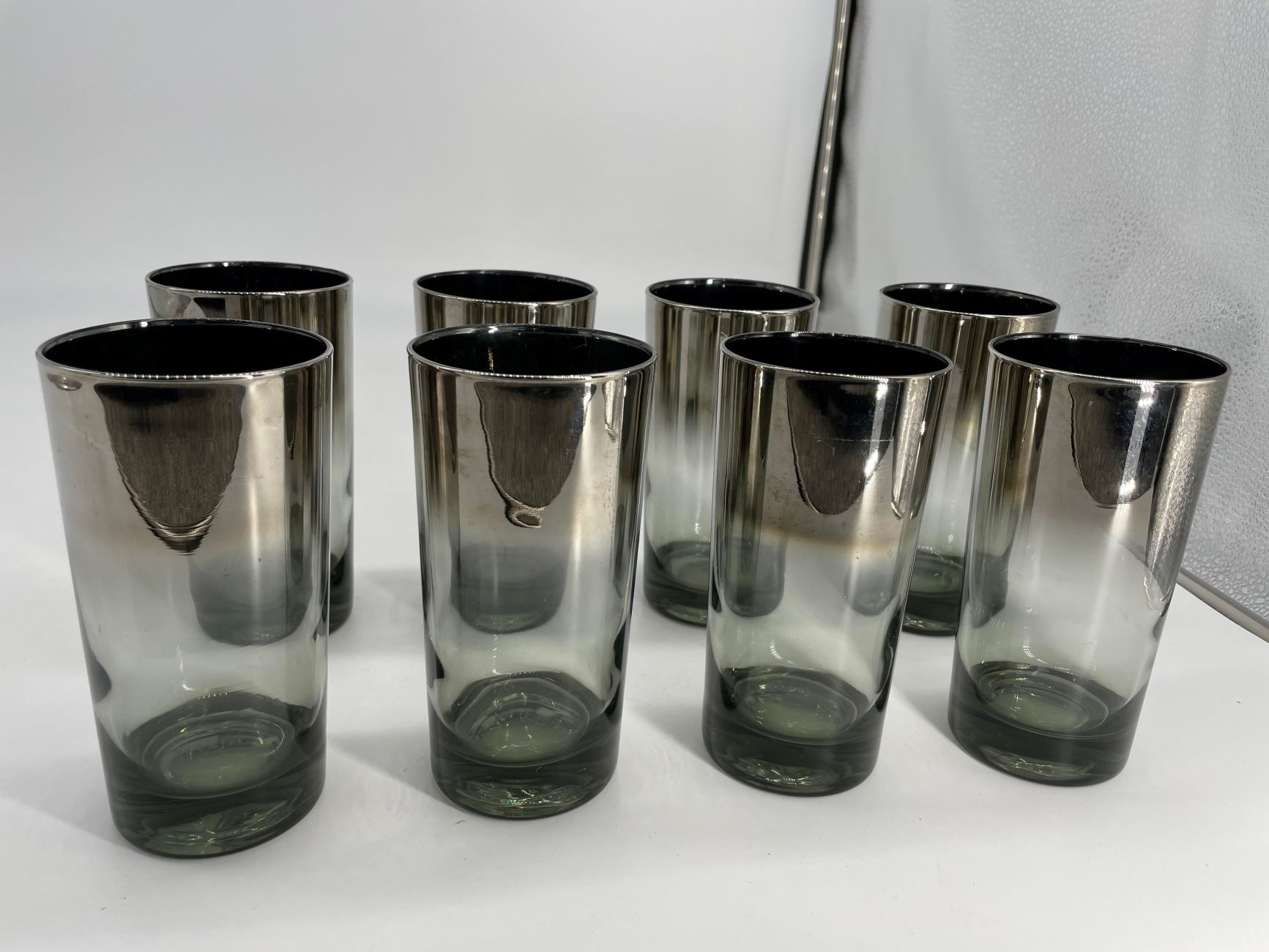


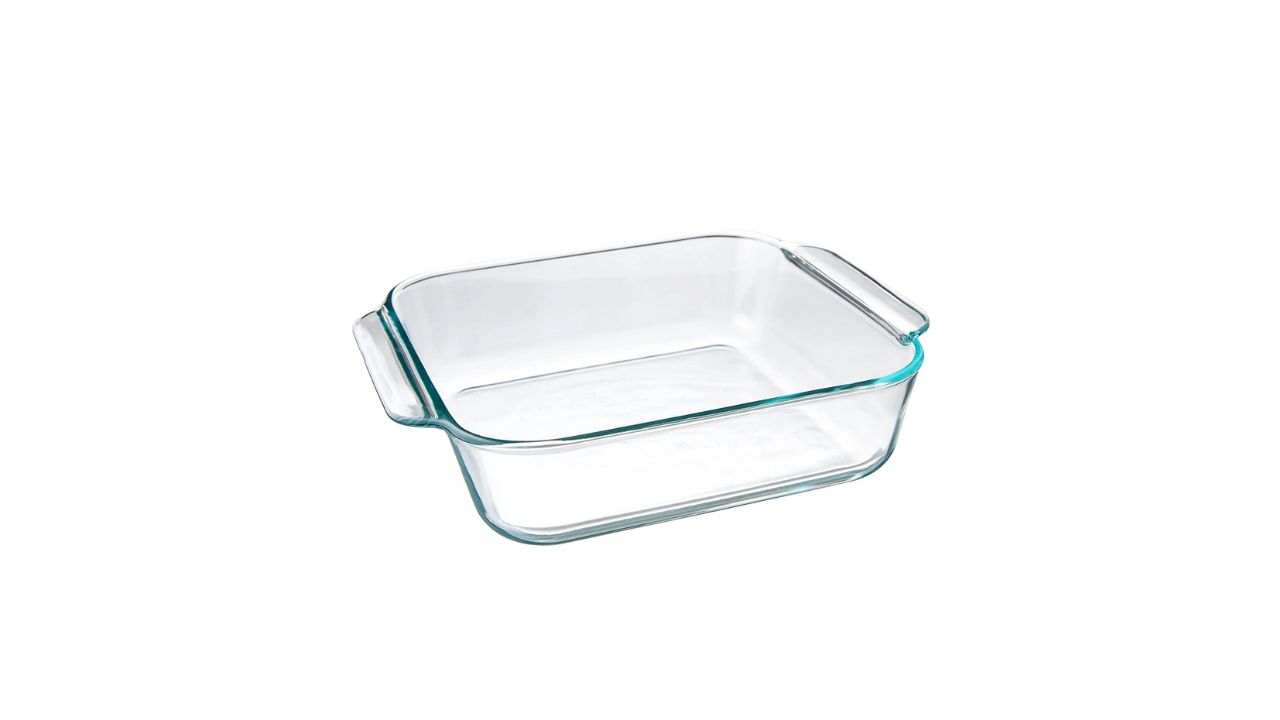
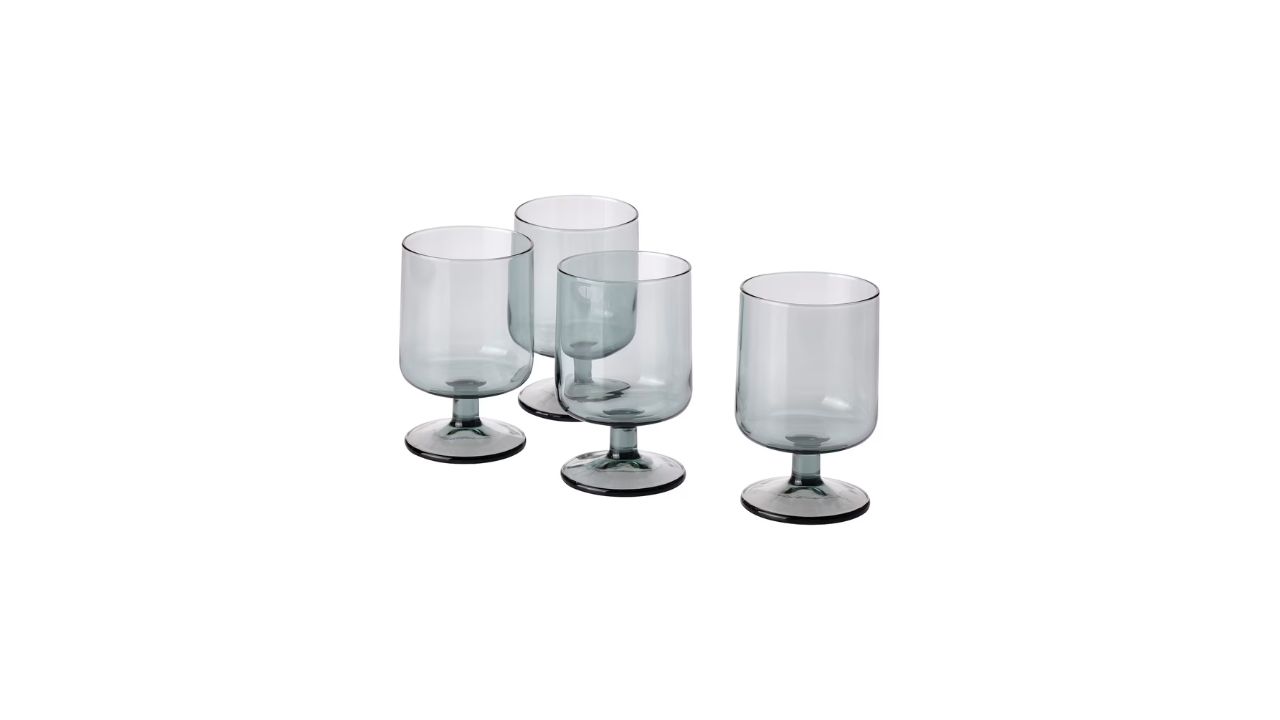


0 thoughts on “What Is Optical Glass”